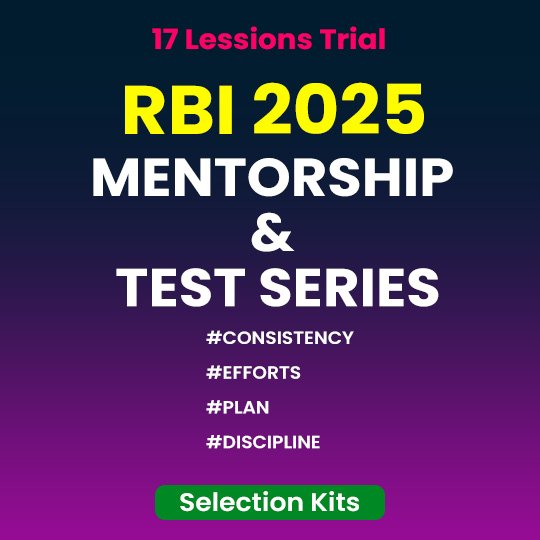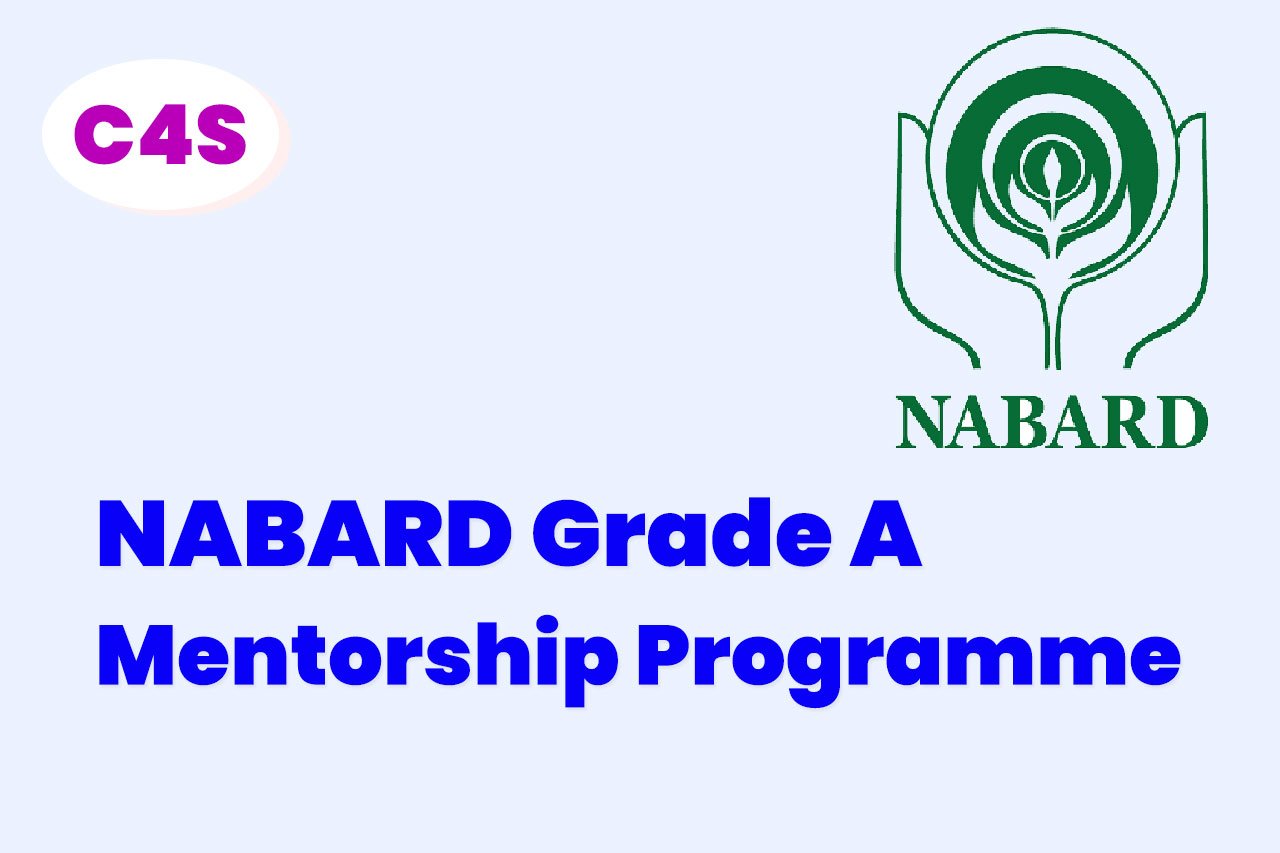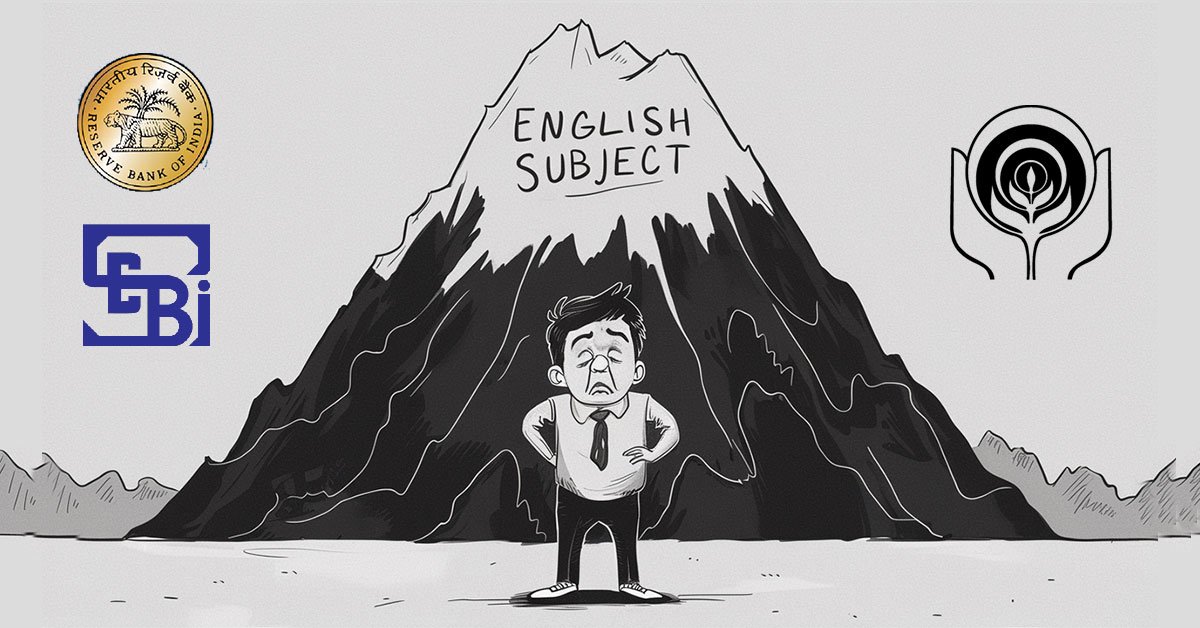28 October, 2024
Table of contents:
- Bharat Connect aims to process 1 billion retail transactions per month in 2-3 years
- India has over 11.5 lakh children vulnerable to child marriage: NCPR report
- Ministry of Rural Development signs MoU with ten banks to promote individual financing for higher order enterprises
- State Bank of India Study Shows 74.2% Decline in Income Disparity Among
Individuals Earning Up to Rs 5 Lakh - India’s forex reserves decline by $2.16 billion, reaching $688.26 billion: Government data
- Reserve Bank of India Cancels Authorization Certificate of UAE Exchange Centre
- Bharat Connect aims to process 1 billion retail transactions per month in 2-3 years:
National Payments Corporation of India’s arm NPCI Bharat BillPay Ltd (NBBL) is aiming to process over 1 billion transactions a month in upcoming 2-3 years.

- As per, CEO Noopur Chaturvedi, the company is going to route 35-40% of all retail digital payment in the country.
- The Reserve Bank of India’s Bharat Connect platform, was launched in back 2017, and was processing over 25 million monthly billing transactions before being separated into a subsidiary company in December 2020, and is now processing over 200 million a month.
- The platform charges a flat switching fee for each and every transaction, that aims to standardize payment systems as well as add an extra layer of security.
About Bharat Connect:
Bharat Connect is a digital public infrastructure in India that allows customers and businesses to pay bills and collect payments as well.
- Bharat Connect is a digital public infrastructure in India that allows customers and businesses to pay bills and collect payments as well.
- Bharat Connect was previously known as Bharat BillPay. It was conceptualized by the Reserve Bank of India (RBI).
- Bharat Connect is a centralized system that connects customers, billers, and payment service providers all together in a single platform. It enables the bill payments through various modes like UPI, net banking, mobile banking, and bank branches.
Founder: Sheeza Khan
CEO: Noopur Chaturvedi
Launched in: 2017
2.India has over 11.5 lakh children vulnerable to child marriage: NCPR report
A study has been done in order to identify children risk of child marriage by National Commission for Protection of Child Rights (NCPR).
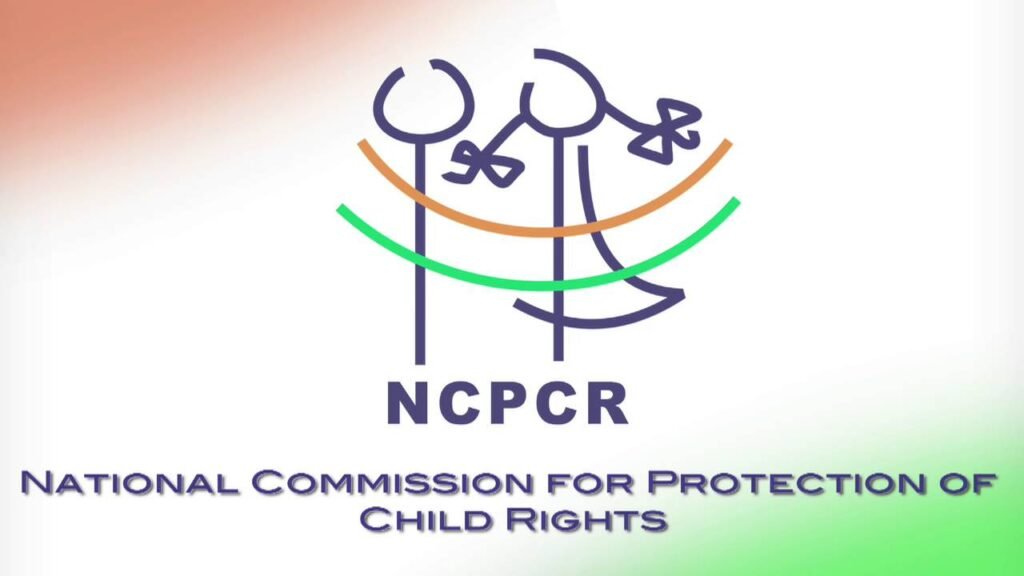
Key Findings:
- More than 11.5 lakh children across the 27 states and seven Union territories were vulnerable, reported TOI.
- Most of these children includes girl child, who were either missing or had been irregular or absent since a long time without any further information given to authority.
- Uttar Pradesh topped the list with 5 lakh vulnerable children, Assam with 1.5 lakh children followed with Madhya Pradesh that has almost 1 lakh such children.
- The Union territories of Lakshadweep and Andaman & Nicobar Islands reported no such children, but many districts did not even conducted the exercise, and Goa and Ladakh did not share data.
- The campaign, launched in March, mapped over 6 lakh schools in three lakh villages across the country.
- The campaign, launched in March, mapped around 6 lakh schools in 3 lakh villages from all across the country.
About National Commission for Protection of Child Rights (NCPR):
The National Commission for Protection of Child Rights (NCPCR) was established in 2007 and is a government organization of India that primarily promotes and safeguards the rights of children under the 2005 Act.
- Operates under the Ministry of Women and Child Development, with Central government appointing the Chairperson and Members.
- Chairman: Priyank Kanoongo.
NCPCR’s Role and Responsibilities:
- It ensures that the child rights laws and policies as per the Indian Constitution and UN Convention on the Rights of the Child should be strictly enforced.
- Investigates complaints of child rights violations.
- Recommends measures to protect and promote child well-being.
- Works to create a protective environment by addressing issues like child labor, trafficking, education, health, and juvenile justice.
Schemes related to promoting Child literacy and Empowering Girl Child in India:
Beti Bachao, Beti Padhao (BBBP) Schemes
- Launched in 2015 to address declining child sex ratio as well as promoting girl education.
- Protects girls from gender-based abortions and address social issue.
Sukanya Samriddhi Yojana
- Launched in 2015 to provide financial security and equal opportunities for girls.
Scheme for Adolescent Girls (SAG)
- Addresses health and nutritional needs of women.
Scheme for Promotion of Menstrual Hygiene
- Addresses health and nutritional needs of women.
Udaan
- Launched in 2014 to address low enrollment of girl students in engineering institutions.
Kasturba Gandhi Balika Vidyalaya (KGBV)
- Provides quality education to girls from remote and rural areas.
PM CARES for Children
- Provides Rs. 50,000 per annum for each student’s study expenses.
3. Ministry of Rural Development signs MoU with ten banks to promote individual financing for higher order enterprises:
Deendayal Antyodaya Yojana-National Rural Livelihood Mission (DAY NRLM) Signs Memorandum of Understanding with Public Sector Banks.
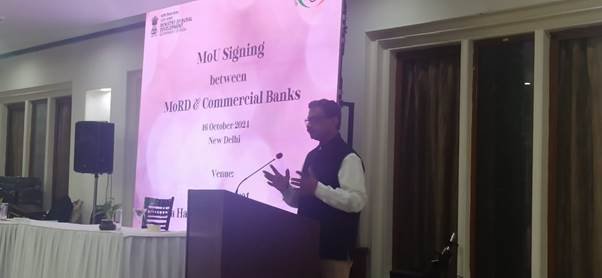
- The Ministry of Rural Development collaborates with nine Public Sector Banks and one Private Bank.
- These Banks includes Bank of Baroda, Bank of India, Bank of Maharashtra, Canara Bank, Central Bank of India, Indian Bank, Indian Overseas Bank, Punjab National Bank, UCO Bank and IDBI Bank Limited.
- These banks have designed loan products for financing individual women entrepreneurs under DAY-NRLM.
- The loans aim to help women avail larger ticket size loans for scaling up their enterprises.
- Secretary, Rural Development Shri Shailesh Kumar Singh advises banks to fund women SHG members with improved assets for rural economic activities.
- Additional Secretary, Rural Development Shri Charanjit Singh urges banks to inform branch officials about their products to assist rural women in obtaining finance.
- Over Rs. 9.5 crore loans have been extended to self-help groups since the Mission’s inception.
- The strategic shift towards individual loans signifies women’s transition from small enterprises to higher-order enterprises.
Lakhpati Didi:
Lakhpati Didi Initiative Overview
- Part of the Deendayal Antyodaya Yojana – National Rural Livelihoods Mission (DAY-NRLM) scheme of the Ministry of Rural Development.
- Defines Lakhpati Didi as a member of a Self-Help Group (SHG) who has an annual income of at least Rs. 1,00,000.
- Aims to encourage women to start micro-enterprises and adopt sustainable livelihood practices.
- Uses various financial instruments to improve credit access, encourage entrepreneurship, and promote financial inclusion.
- Provides financial literacy, skill development, and collective action to empower members for entrepreneurship.
Deendayal Antyodaya Yojana-National Rural Livelihoods Mission (DAY-NRLM) Overview:
- A poverty alleviation program by the Ministry of Rural Development, India.
- Aims to improve the lives of the poor by providing access to self-employment and wage employment opportunities.
- Mobilizes rural poor households into Self Help Groups (SHGs) for long-term support.
- Facilitates access to financial services like credit for SHGs to diversify their livelihoods and improve incomes.
- Provides livelihood services like marketing to SHGs.
- Allows states to create their own poverty reduction action plans.
- Implemented in intensive blocks and districts through SRLMs, partner institutions, or NGOs.
4. State Bank of India Study Shows 74.2% Decline in Income Disparity Among
Individuals Earning Up to Rs 5 Lakh:
A report from the State Bank of India (SBI) indicates a cumulative 74.2% decline in income disparity for individuals earning up to Rs 5 lakh annually between fiscal years 2013-14 and 2022-23.
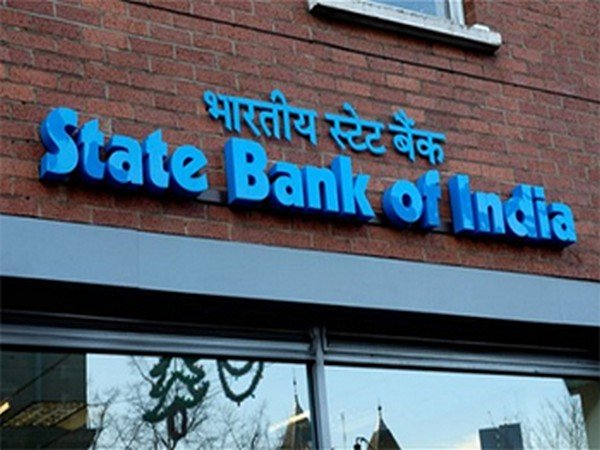
Impact of Income Tax on Lower Income Groups
- Income disparity for citizen earning up to Rs 3.5 lakh decreased from 31.8% in FY14 to 12.8% in FY21.
- The lower income group showed positive growth in income over the last decade, except during the COVID-19 period.
Regional Tax Filing Trends
- States like Maharashtra, Delhi, Gujarat, and Karnataka are showing some impressive result as far as Income Tax Return (ITR) filings are concerned.
- Uttar Pradesh leads in increasing its share of the income tax file base.
Direct Tax Contribution
- Direct taxes contributed 56.7% to total tax revenue in AY24 that is the highest in 14 years.
- Direct taxes to GDP ratio increased to 6.64% in AY24, the highest since 2000-01.
ITR Filings
- 8.6 crore ITRs were filed in AY24, an increase from 7.3 crore in AY22.
- 79% of returns were filed on or before the due date in AY24.
5. India’s forex reserves decline by $2.16 billion, reaching $688.26 billion: Government data:
India’s foreign exchange reserves fell by $2.163 billion to $688.267 billion for the week ending October 18, 2024, a significant decrease from the previous week’s decline of $10.746 billion.
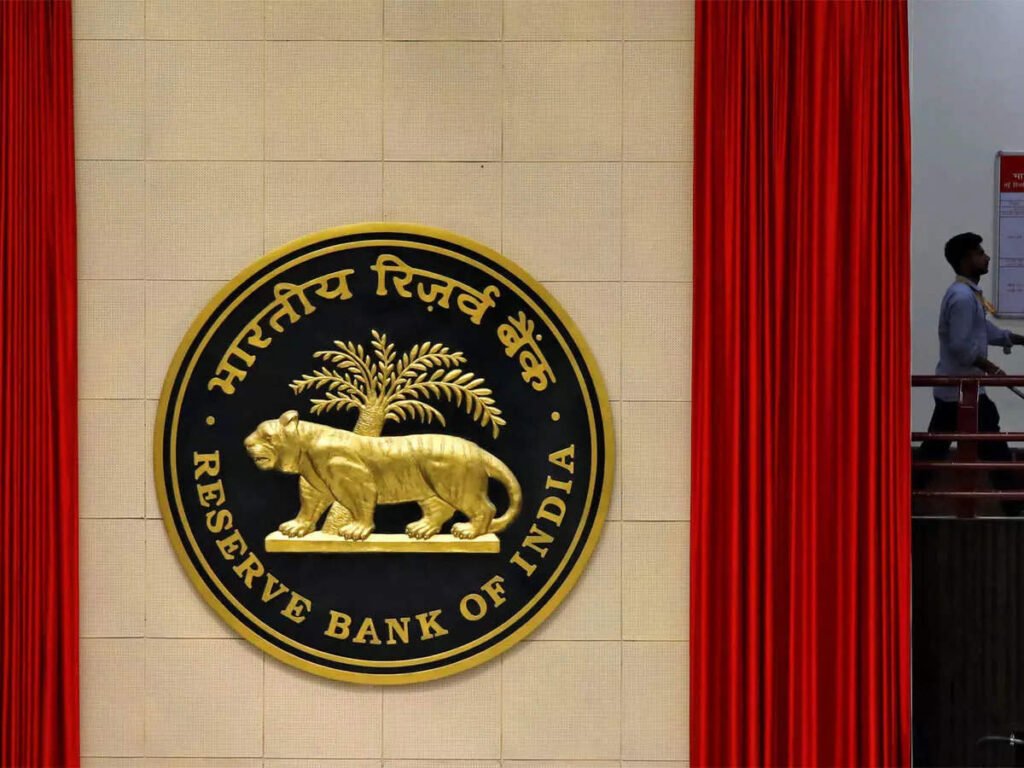
Reserves and Exchange Rates in India
- Reserves decreased by $3.709 billion to $701.176 billion in the previous week.
- Reserves reached an all-time high of $704.885 billion at the end of September 2023.
- Foreign currency assets decreased by $3.865 billion to $598.236 billion.
- Exchange rates influence the valuation of foreign currency assets.
- India’s gold reserves increased by $1.786 million to $67.444 billion.
- Special Drawing Rights (SDRs) declined by $68 million to $18.271 billion.
- India’s reserve position with the IMF decreased by $16 million to $4.316 billion.
About Forex Reserve:
- Forex reserves are assets held by a nation’s central bank or monetary authority.
- Generally held in reserve currencies like the US Dollar, Euro, Japanese Yen, and Pound Sterling.
- Used to back liabilities and reserves deposited by financial institutions or the government with the central bank.
Facts to remember:
6. Reserve Bank of India Cancels Authorization Certificate of UAE Exchange Centre:

- RBI Cancels UAE Exchange Centre’s Authorization Certificate
- RBI revokes UAE Exchange Centre LLC’s authorization certificate due to non-compliance with regulatory requirements.
- UAEEC was authorized as a cross-border inbound money transfer operator as an ‘Overseas Principal.’
- UAEEC is prohibited from conducting cross-border inbound money transfers transactions.
- The revocation affects UAEEC’s ability to operate in the cross-border remittance market, potentially impacting customers.



